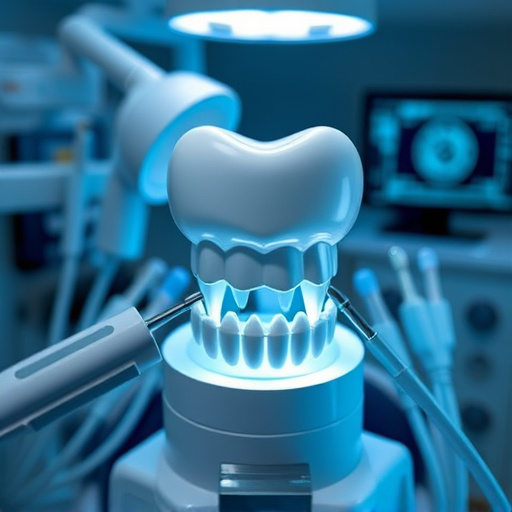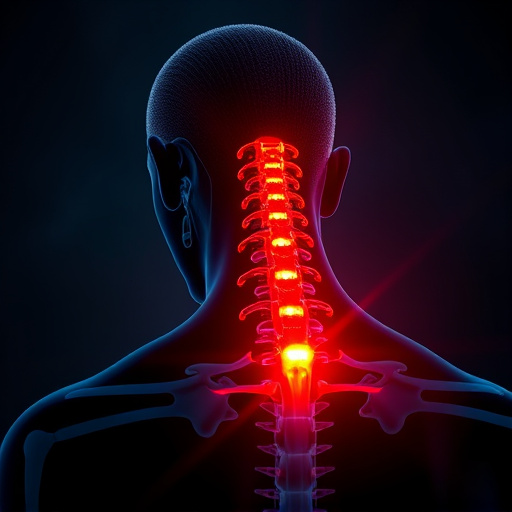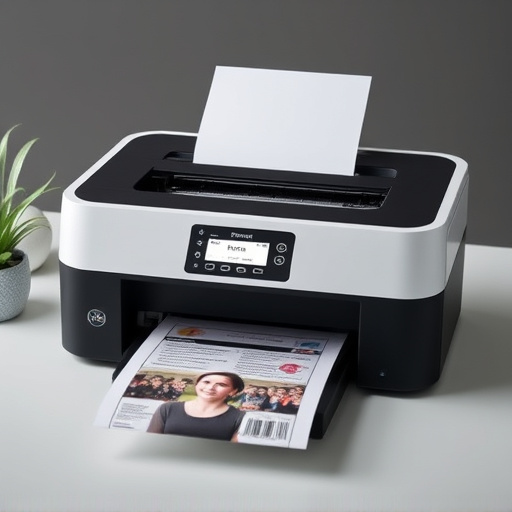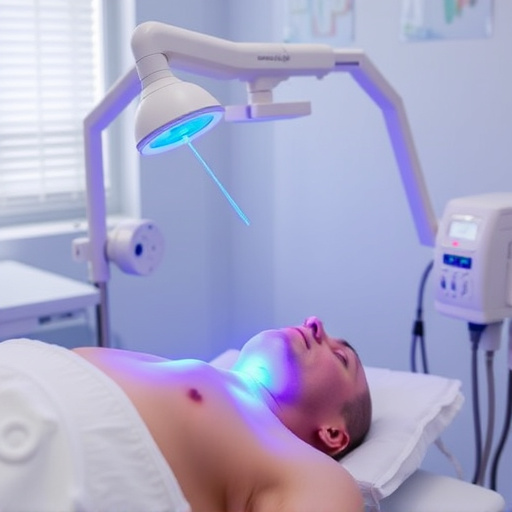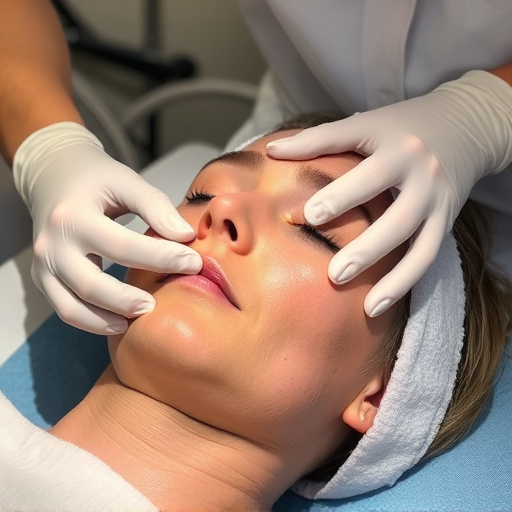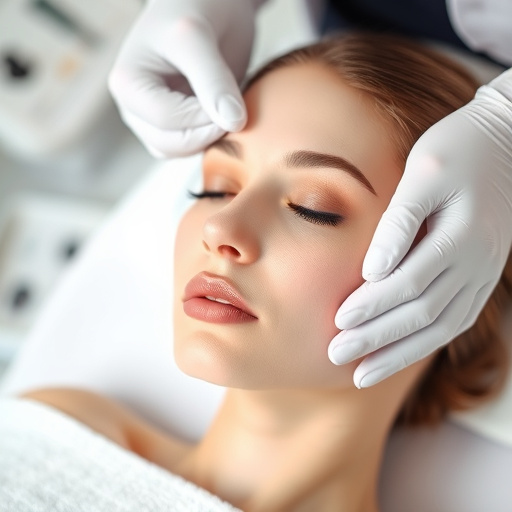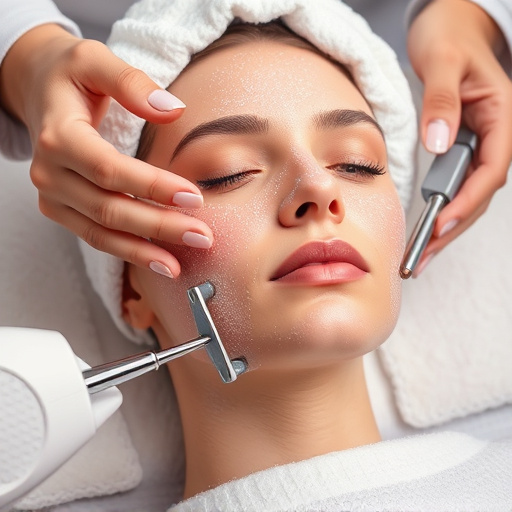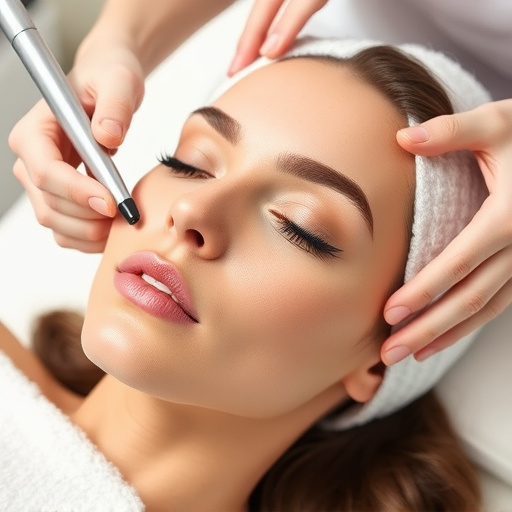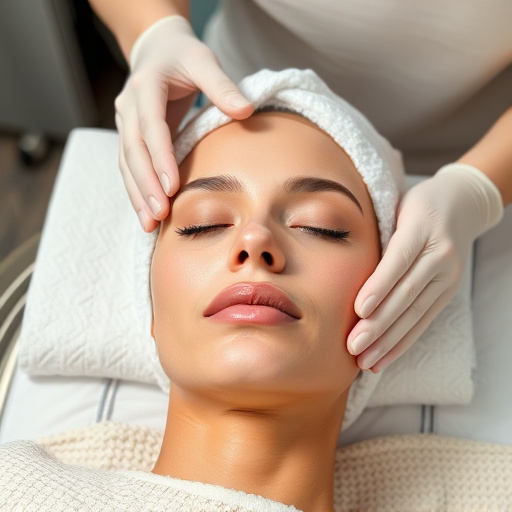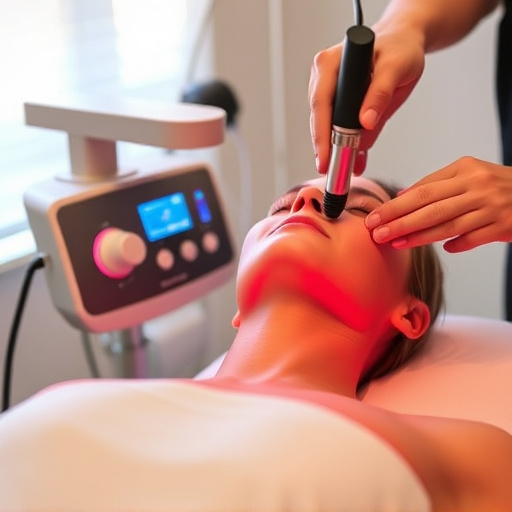Comprehensive skin analysis devices, leveraging AI and specialized sensors, offer non-invasive assessments going beyond surface level. They analyze texture, tone, moisture levels, and aging signs for personalized skincare routines and early issue detection. While a 2021 JAMA Dermatology study found them valuable for conditions like acne and hyperpigmentation, their accuracy diminishes with subtle changes. Devices should use high-resolution imaging and LED lighting for detailed skin capture, along with advanced software to assess concerns like pigmentation and fine lines, serving as a starting point for skincare routines rather than sole measurement of precise skin data.
Are at-home comprehensive skin analysis devices reliable? With the rise in skincare tech, these tools promise in-depth insights into your skin’s health. This article explores the world of comprehensive skin analysis, delving into its benefits for personalized skincare routines. We examine the latest research on at-home device reliability and break down key features ensuring accurate results. Learn how to navigate this innovative landscape and unlock a clearer, healthier complexion.
- Understanding Comprehensive Skin Analysis and Its Benefits
- The Reliability of At-Home Devices: What the Research Says
- Key Features to Consider for Accurate Results
Understanding Comprehensive Skin Analysis and Its Benefits
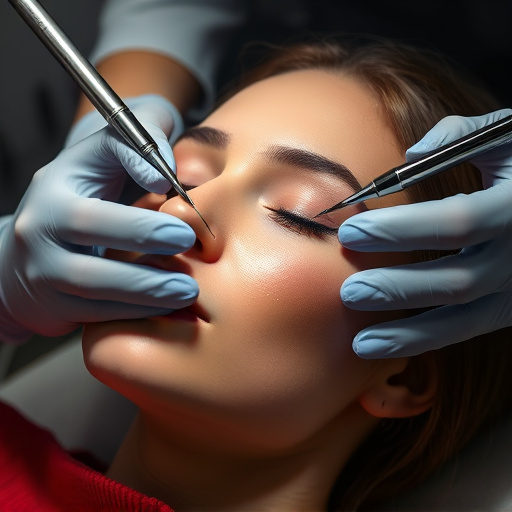
Comprehensive skin analysis goes beyond surface-level assessment to provide a detailed look at your skin’s health and appearance. These advanced devices use technology like artificial intelligence (AI) and specialized sensors to examine various aspects, including skin texture, tone, moisture levels, and even signs of aging or damage. By offering such a holistic evaluation, comprehensive skin analysis devices can be a game-changer for anyone looking to maintain or improve their skin’s condition.
The benefits are numerous: from personalized skincare routines tailored to your unique needs to early detection of potential issues. These tools can also help demystify complex skin concerns by breaking down technical jargon and providing actionable insights. Moreover, unlike traditional in-person consultations that may be time-consuming and costly, at-home comprehensive skin analysis offers convenience and accessibility, making professional skincare advice more available to the average user. Consider it a powerful step towards achieving healthier, radiant skin through non-surgical treatments, with the added bonus of understanding your skin better than ever before.
The Reliability of At-Home Devices: What the Research Says
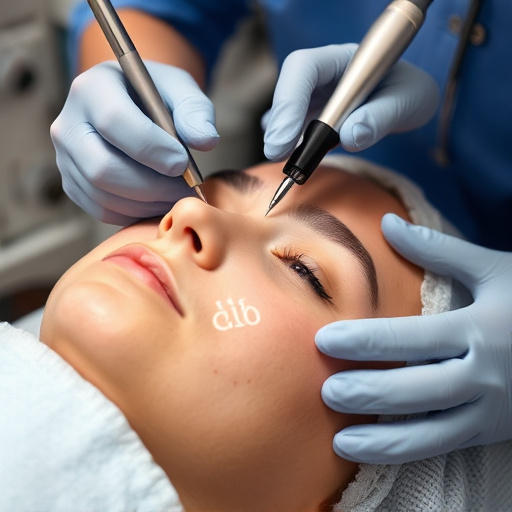
The reliability of at-home comprehensive skin analysis devices has been a topic of growing interest and research. While these devices offer a convenient and accessible way for individuals to monitor their skin health, their accuracy remains a subject of debate. A study published in JAMA Dermatology (2021) compared the performance of an at-home device with that of professional in-clinic assessments. The results suggested that while the devices can provide valuable insights into certain skin conditions and concerns, such as acne and hyperpigmentation, their ability to accurately measure more subtle changes, like fine line depth or skin elasticity, is less reliable.
This research highlights the importance of understanding the limitations of at-home comprehensive skin analysis tools. While these devices can serve as a starting point for skincare routines and raise awareness about potential issues, they should not be solely relied upon for precise measurements of wrinkle reduction, anti-aging treatments, or skin tightening. The study also emphasizes the need for more robust validation standards in the industry to ensure consumer confidence and effective use of such technologies.
Key Features to Consider for Accurate Results
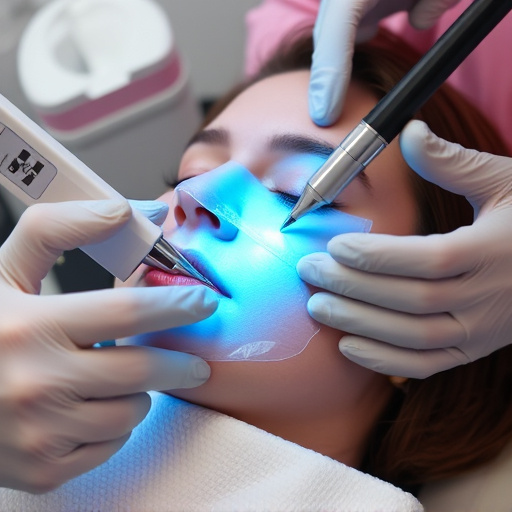
When it comes to comprehensive skin analysis devices, there are several key features to consider for accurate results. Firstly, look for devices that offer high-resolution imaging capabilities; this ensures that fine details and textures of your skin are captured clearly. Modern technology often includes LED lighting systems that illuminate different skin layers, providing a more detailed view than traditional cameras alone.
Additionally, advanced analysis software is crucial. These tools should be able to detect and assess various skin concerns such as pigmentation issues, acne scars, fine lines, and more. Some devices even go beyond surface-level analysis, offering insights into skin hydration levels, elasticity, and even early signs of age-related changes like wrinkles or sagging. This level of detail is essential for personalized facial treatments and understanding the effectiveness of microneedling therapy or body contouring procedures.
Comprehensive skin analysis devices offer an accessible way to gain insights into skin health, but their reliability at home remains a topic of discussion. Research indicates that while these devices provide valuable data, they may not always be as accurate as professional analysis. By considering key features and understanding the limitations, users can make informed decisions. Incorporating at-home analysis into a holistic skincare routine can empower individuals to take charge of their skin health, albeit with a degree of caution and awareness of potential variations in results.

